Asia/Singapour/ http://qswownews.com/Pieter Stek/Mandy Mok
Resumen:
Las humanidades son «lujos que los estudiantes con mentalidad de empleo no pueden permitirse» (The New York Times, 19 de junio de 2016). Este es un sentimiento que no solo tienen muchos en Occidente, sino también muchos estudiantes y sus padres en Asia. A menudo se prefieren los campos de la ciencia y profesionales como la ingeniería, la medicina y el derecho, dado que las humanidades son ampliamente percibidas como las que tienen entradas menos competitivas y sus graduados como «segunda clase». Se ha recogido en Asia. En Singapur, Hong Kong y Corea del Sur, por nombrar algunos ejemplos, un fuerte llamados a aumentar las humanidades y las ciencias sociales en el currículum universitario, para recaudar fondos de investigación para las humanidades y, de hecho, se están creando nuevas universidades centradas en las artes liberales. , con el NUS-Yale College en Singapur, que se inauguró en 2013, siendo el ejemplo más destacado.
The humanities in Asia
The humanities are “luxuries that employment-minded students can ill afford” (The New York Times, 19 June 2016). This is a sentiment not just held by many in the West, but also by many students and their parents in Asia. Science and professional fields such as engineering, medicine and law, are often preferred. The humanities are widely perceived as having less competitive admissions and their graduates as “second rate”. Furthermore, in many countries around the world the humanities attract significantly more female than male students.
Yet the humanities are an important field, especially because science and technology have such a powerful impact on society. The humanities, if taught well, teach uncertainty, doubt, scepticism and can challenge authority, whether it is religious, social, cultural, political or scientific. The humanities remind us that science cannot explain all there is to know about life and that humans, especially when acting collectively, have a great capacity for deluding themselves.
Look no further than the Brexit referendum or the 2016 United States Presidential Elections if more evidence is needed: they are votes for a “rational solution” to problems that are vastly less simple than they are being portrayed and perceived.
As the Humanities Commission put it in 2015 in their final report to the United States Congress:
“As we strive to create a more civil public discourse, a more adaptable and creative workforce, and a more secure nation, the humanities and social sciences are the heart of the matter, the keeper of the republic—a source of national memory and civic vigor, cultural understanding and communication, individual fulfilment and the ideals we hold in common. They are critical to a democratic society and they require our support.”
(The Heart of the Matter, Report to U.S. Congress, 2015)
In particular the part about a “creative workforce” has been picked up in Asia. In Singapore, Hong Kong and South Korea, just to name a few examples, there are strong calls to increase humanities and social sciences in the university curriculum, to raise research funding for the humanities and in fact new liberal arts-focused universities are being created, with the NUS-Yale College in Singapore, which opened in 2013, being the most prominent example.
In the case of Singapore, investment in the humanities is seen as part of a push to enhance human capital formation which nurtures personal confidence, self-directed learning, social engagement, critical thinking, creative practice, reasoned argument and teamwork, which in turn leads to a workforce capable of innovation.
These developments are all positive for the humanities in Asia, but they also risk re-positioning the humanities as the perpetual “elective” subject, which help to create “well-rounded individuals” (whatever that means), but which fail to provoke the deep, intense and passionate questioning that a true humanities education is all about.
What is truth? What is the meaning of life? What is happiness?
How do we raise the humanities from being the “elective” subject, to become the core subject for more students in Asia?
To answer that question, we may need some expert advice.
The Asian consumer
A German, Berndt Schmitt, professor at the Columbia Business School and Nanyang Technological University, is often regarded as “Mr Asian Consumer” because of his tireless research in trying to understand what Asian consumers want.
While every generalisation in the social sciences is flawed, especially in a continent as large, diverse and dynamic as Asia, Schmitt highlights a number of paradoxes that define the contemporary Asian consumer.
The collectivist individualist – Asians are often thought to be collectivist and their actions are part of their family and other social networks. Yet many young Asians are growing up in small families, or in the case of China, one-child families, and these “little emperors” are likely to be highly individualistic, although perhaps like Japan and South Korea, highly sensitive to popular culture.
The functional hedonist – Asians are increasingly seeking an experience, although they are also looking for value. An example where these values unite may be studying abroad: go on a “holiday” and earn a degree!
Value shopaholics – Asians love brands, but they also love lucky draws, rebates, discounts, memberships etc, and are very price conscious. They will try to get the best deal on their Louis Vuitton, Gucci or Chanel at all cost.
Traditional futurists – Asians often emphasise traditional values, food, festivals etc but if one visits any major Asian metropolis, its filled with the newest buildings and latest technology. English is widely spoken and “international style” is the dress code. Do not expect a kimono in Tokyo, cheongsam in Shanghai, or sarongs in a Jakarta business meetings.

The Millennial and Generation Z
Millennials and Generation Z are slightly fuzzy concepts, but in general millennials are the generation born between 1980 to 2000. Research suggests that there are more than a few things that set millennials apart from previous generations. Having grown up during a growing economy filled with new technologies they are a different type of student.
Immune to advertising – Millennials have a high tendency to “tune out” when advertising is displayed and immediately distrust the messages they receive. This means that the conventional approach of flashy brochures with smiling students may be highly ineffective in persuading their study decisions.
Compare prices – Just like the “value shopaholics”, millennials tend to compare prices and may therefore be more willing so study further away if the numbers add up, and be more keenly focused on employability. They may also be keen to “hack” their education to maximise credit transfers, time spent abroad and accelerated learning pathways.
Use social media – While they are immune to advertising, millennials are very strong on social media. Besides wanting to interact with a prospective university through those channels, they will also learn about the institution through social media that may not be controlled by the institution.
Will co-create – Millennials are more willing to co-create a product or service rather than consumer it passively. This explains the popularity of the “flipped classroom”, internships, projects and other more interactive learning formats.
Value authenticity – A dislike for advertising translates into valuing authenticity. An institution that is willing to give transparency about its good and bad sides, which is genuinely trying to contribute to local and global society, is likely to find itself in good stead among millennials. Institutions that are hypocritical, which lie or whose communication is superficial can be expected to be ignored, or called on it.
The millennials’ wave is soon ending and the post-2000 generation (generation Z) will soon be knocking at the university gates. This generation is expected to be even more in tune with technology and has spent their defining years in a world defined by economic crises and terrorism. Yet this generation appears to be highly idealistic, with Malala (Nobel peace prize winner) as their poster-child, and they are focused on their passions and pragmatic in how they want to achieve them.
With this knowledge in hand, how can we brand the humanities in Asia to win favour with Asian students and their parents?
Branding the humanities in Asia
How do we tell the humanities story to collectivist individualists who are also functional hedonists, value shopaholics and traditional futurists? How do we communicate with a price-comparing, social media-using and apparently quite judgemental young audience?
What follows is a very humble attempt at answering this question.
To convince the collectivist individualist, the humanities must get out more into popular culture. Young people often struggle with “big humanities questions” such as the meaning of life, truth, happiness, finding their identity etc and will seek answers in religion, social media, books, popular music, television dramas, and sometimes drugs, sex and other less socially desirable avenues. The humanities as an academic community need to be there to guide these intellectual journeys, and not just stay inside the halls of academia. Bring Shakespeare and Socrates to social media. That’s where they’re most needed right now.
To gain favour with the functional hedonist, the humanities must emphasise the personal experience and the enriching intellectual journey their students go through, as well as the skillset they give their graduates. Critical and creative thinking are highly valuable skills that are also critical in a field like marketing, communications or policy making, but which many degrees in marketing, communications or law, lack. The intellectual journey must appeal to the hedonistic side of students: it is okay to be intellectually self-indulgent. If your parents can buy you a luxury car or an apartment, why can’t they buy you intellectual self-fulfilment through a top-notch humanities degree?
To persuade the value shopaholic, remember that brands matter because they communicate a particular set of values. Humanities scholars should intuitively understand brands, because they are symbols, and symbols are a big part of the humanities! So collaborate with brand-name universities, brand-name public figures and invest to build your brand. Advance the argument that an Asian humanities education is as good if not better than any in the West, and that it can be had at a very competitive price. Be sure to recruit some Western students to your Asian campus to prove the point.
To attract the traditional futurist, perhaps first do some localisation. Too often the humanities in Asia are a Western import, lock stock and barrel. In many an Asian university the Western philosophy department would never think of talking to the Asian philosophy department. As a fun social experiment, why not merge them? Maybe Locke and Mencius or Shakespeare and Valmiki do have a lot to talk about after all. And from a branding point of view, it cannot hurt to emphasise “traditional Asian values” as a cornerstone of your programme. It works for premium massage parlours and airlines, so why not for the humanities? At the same time the humanities should be leading the pack in learning reforms and embrace self-directed learning, the flipped classroom, flexibility, online access etc. The humanities in Asia should also be cutting edge in terms of its product and service delivery.
Above all these messages should be delivered in a genuine way, as millennials are very quick to spot fakes and hypocrisy.
All of the above is perhaps a lot of corporate-style marketing-speak that a true humanities scholar may quickly wish to discard. The above answers may not be the right way to brand your department in your country, and you may not like Schmitt’s oversimplification of complex Asian societies, or the gross generalisations that underlie the millennials concept. But Asian societies are changing and with the beginning of a swing of societal interest towards the humanities in Asia and globally, this may be the right time to make bold changes and set the field on a new trajectory towards a promising future.
Fuente: http://qswownews.com/branding-the-humanities-in-asia-2/
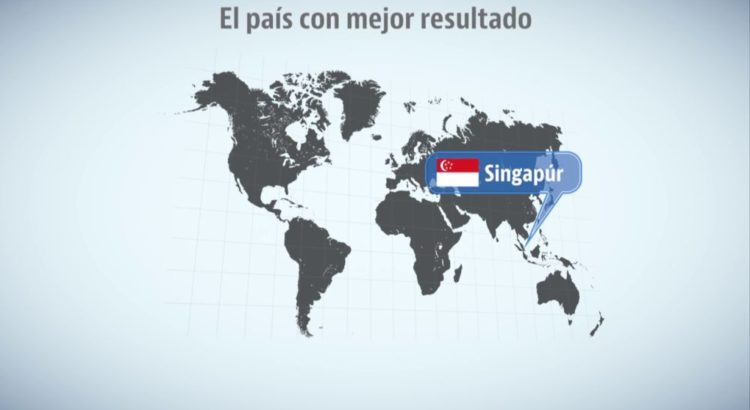


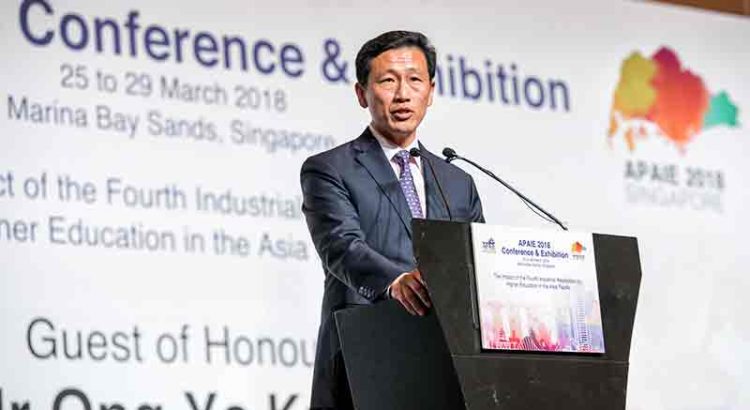

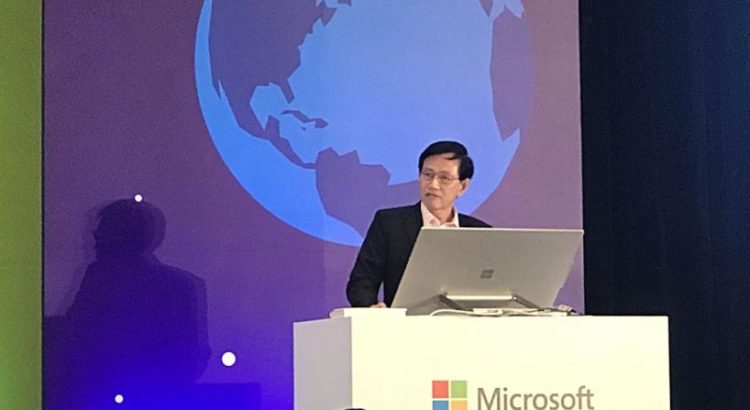
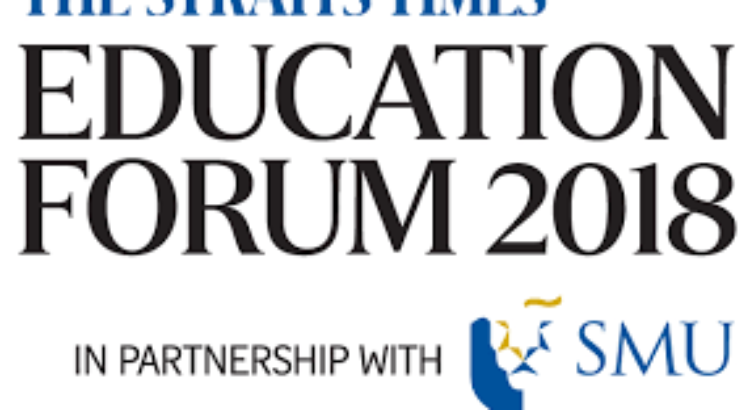

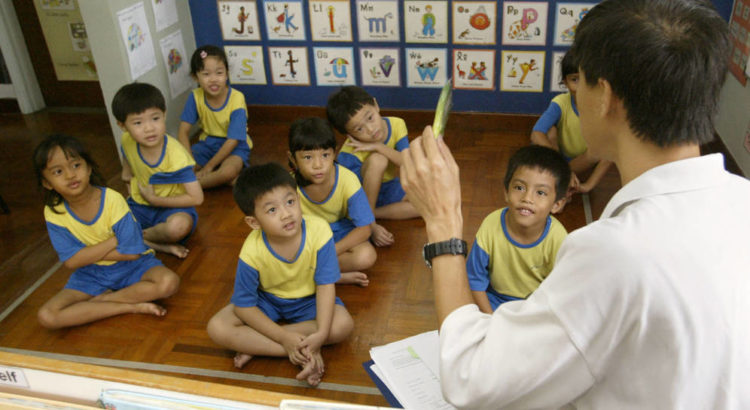





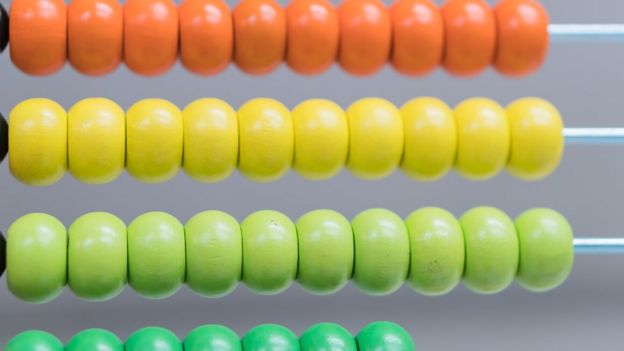

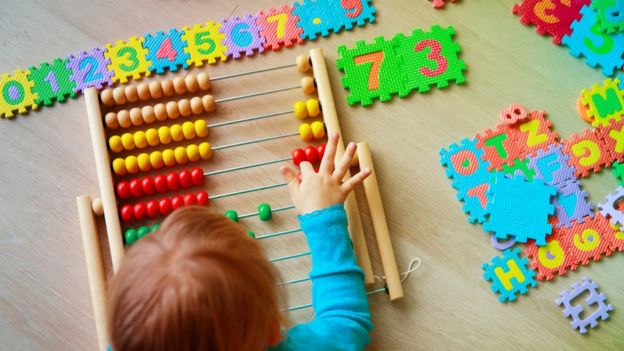





 Users Today : 100
Users Today : 100 Total Users : 35460006
Total Users : 35460006 Views Today : 145
Views Today : 145 Total views : 3418610
Total views : 3418610